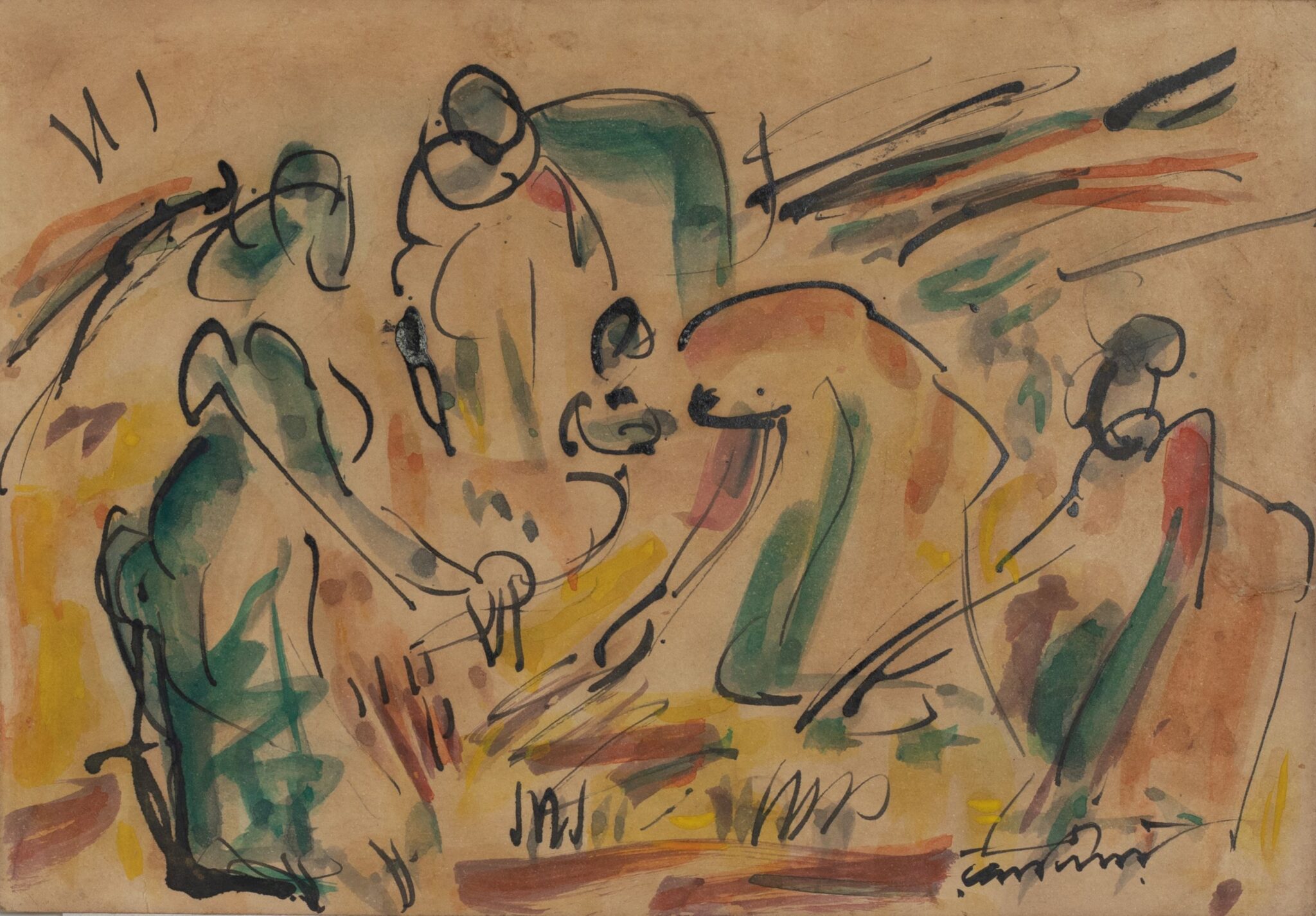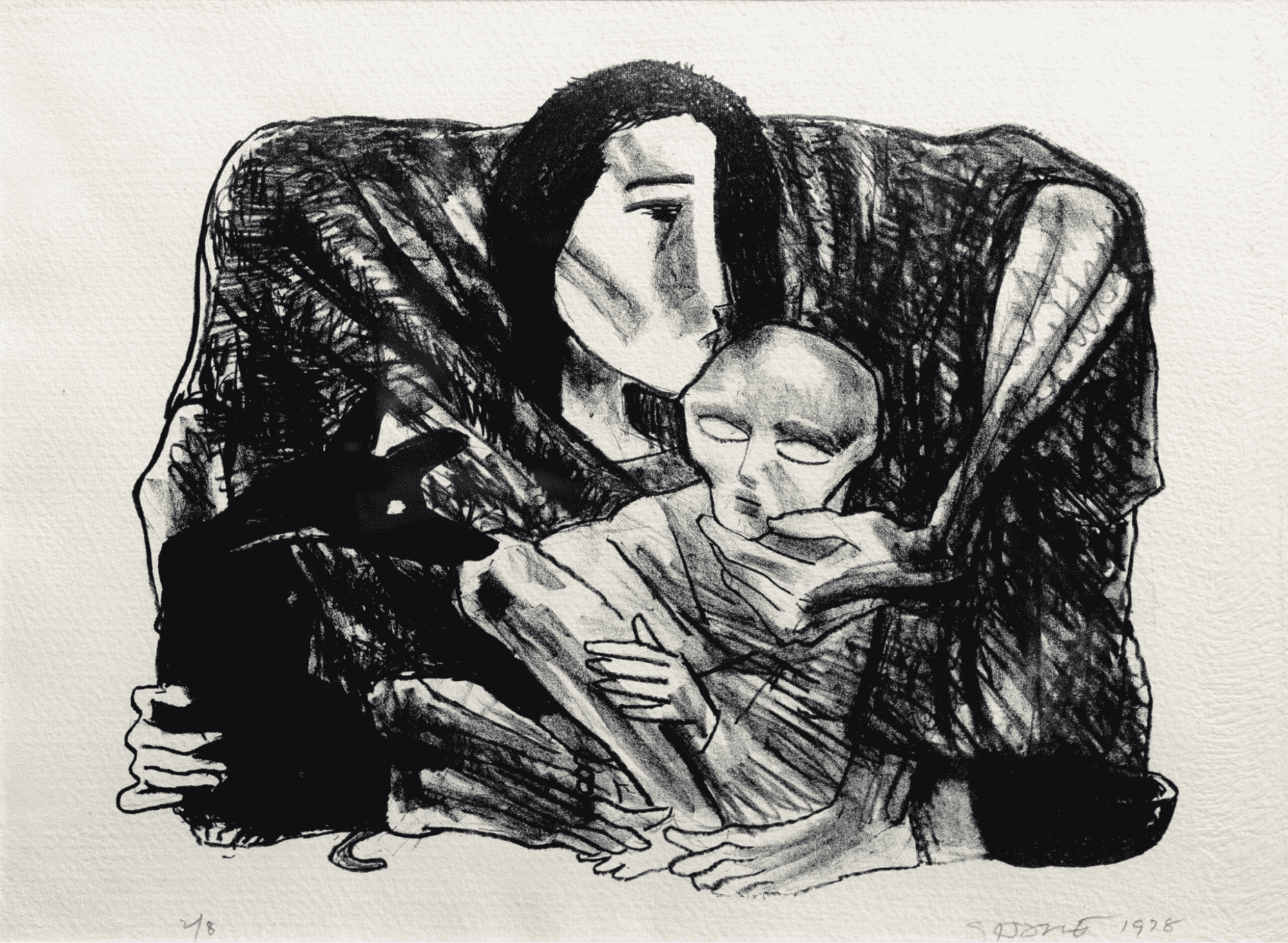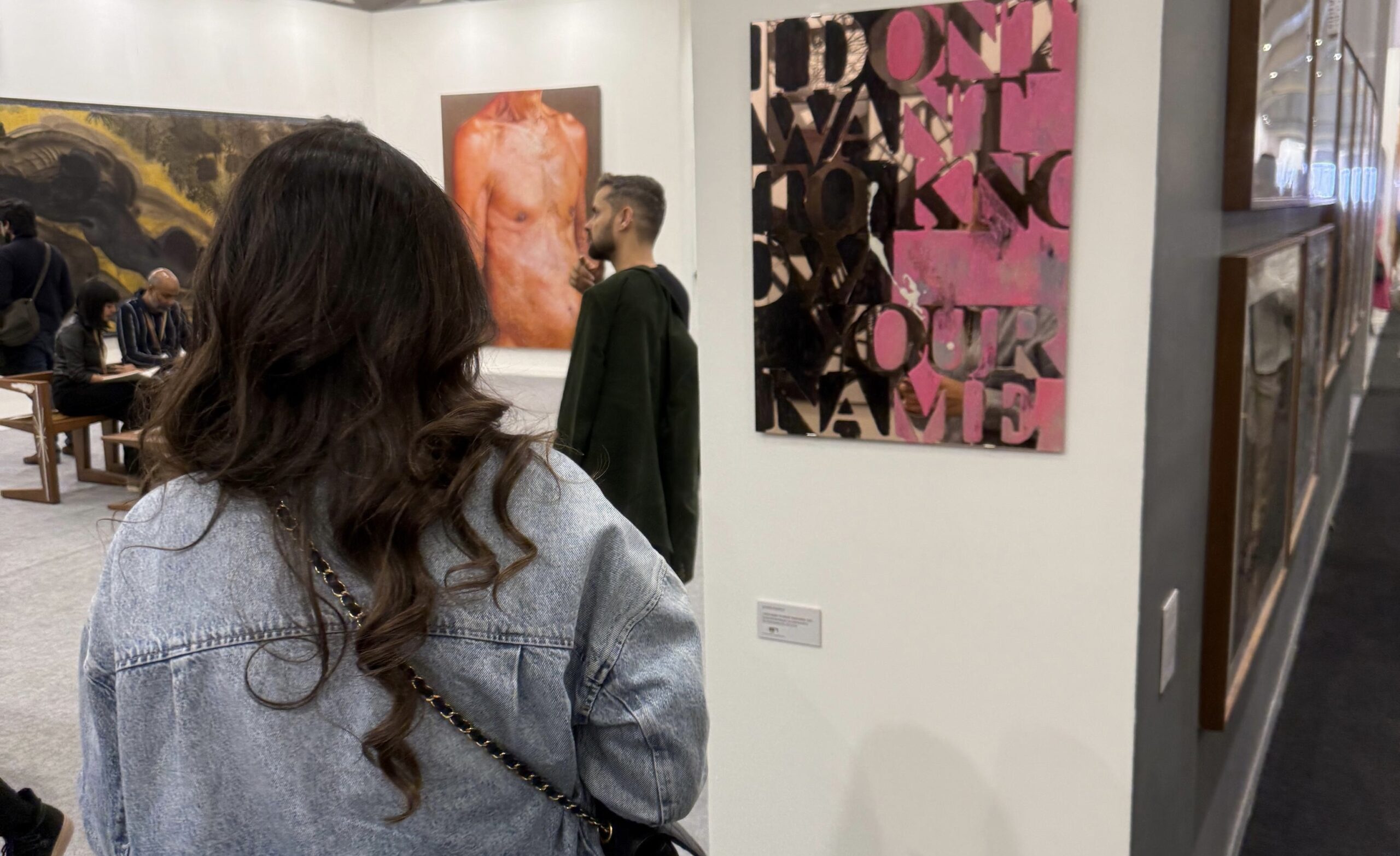
Indian Modern art is a vibrant story of transformation, a journey shaped by colonial encounters, nationalist aspirations, and the search for a distinct visual identity. It reflects the broader story of India itself: negotiating between the local and the global, the inherited and the imagined. Intertwined with history, social change, and global dialogue, it makes for a fascinating narrative for collectors, enthusiasts, and scholars alike.
The roots of Indian Modernism can be traced back to the British colonial period. Under the patronage of the colonial and local elite, Indian artists began engaging with Western academic techniques such as realism, perspective, and life study. Raja Ravi Varma emerged as a central figure during this time. Largely self-taught in many respects, he adopted oil painting, chiaroscuro and perspective to depict mythological themes with dramatic realism, while mass reproduction of his works via oleographs made his imagery part of popular culture. The British also established art schools in major cities, including Calcutta, Bombay, and Madras, to further teach and instill European artistic conventions. While this period brought formal training to Indian artists, it also imposed European ideals of beauty and representation, marginalizing indigenous art and practices.
By the late 19th and early 20th centuries, rising nationalism sparked a significant shift. Artists turned inward, seeking visual languages that reflected India’s spiritual and cultural identity, while resisting colonial aesthetics. This marked the birth of revivalism, epitomized by the Bengal School of Art, led by Abanindranath Tagore. The school favored a lyrical, spiritual, and softer style using watercolours and wash techniques over Western academic realism. They drew inspiration from Mughal and Rajput miniature traditions, Ajanta murals, and other traditional Indian themes based in myth, folklore and nature. Meanwhile at Santiniketan, Kala Bhavana was founded under Rabindranath Tagore’s vision, promoting an art education rooted in Indian and Asian aesthetics, folk traditions, and rural life.
Post-Independence, a new generation of Indian artists were confronted with the challenges and possibilities of a rapidly modernizing nation, marked by urbanization, social change, and increasing engagement with global artistic currents. The Progressive Artists’ Group, formed in 1947 by artists like FN Souza, MF Husain, SH Raza, and Ram Kumar, sought to break free from both colonial legacies and revivalist sentiment. They embraced international modernist vocabularies such as abstraction, cubism, and expressionism, while drawing inspiration from Indian themes, history, and everyday life. Their work challenged societal norms, celebrated the diversity of India’s cultural landscape, and redefined the possibilities of artistic expression. In doing so, they not only laid the foundation for contemporary Indian art but also positioned India within the global modernist movement, establishing a bold, experimental, and distinctly Indian visual language.
Over the ensuing years, regional movements such as the Madras Art Movement, and later more politicised groups like the Kerala Radicals, and voices from the feminist art movement, challenged the idea of what “modern Indian art” could be, interrogating identity, gender, region, and materiality. Urban centers such as Mumbai, Kolkata, and Delhi became hubs of experimentation, offering artists exposure to new materials, audiences, and global currents.
The story of modern Indian art is one of continual reinvention. From its historical foundations to global recognition, Indian art has continued to adapt while preserving its unique identity. Artists have consistently questioned norms, explored new forms, and reflected the social, political, and cultural milieu of their times. FN Souza challenged convention with his provocative abstractions, while Ram Kumar’s introspective works explored alienation and modern life. Ramkinkar Baij revolutionized sculpture by blending expressionism with indigenous forms, and Somnath Hore gave voice to human suffering through powerful prints and sculptures. MF Husain, the “Picasso of India,” fused modernist abstraction with myth, history, and contemporary themes. Together, they created a visual language that is distinctly Indian yet globally resonant.
October 28, 2025
“Art washes from the soul the dust of everyday life.” – Pablo Picasso The wonder of experiencing and engaging with art can feel elusive, even exclusionary. Many imagine it as belonging only to the realm of the select few “in the know,” fluent in the language of art. For […]

Navigating the art world can be daunting. Prices aren’t always transparent, authenticity can be difficult to confirm, and opportunities often circulate in exclusive circles. For both seasoned collectors and first-time buyers, one question often arises: how do I make the right choices with confidence? This is where an art advisory […]

Buying art is an experience that blends passion, curiosity, and investment. For some collectors, it’s about building a meaningful connection with a work that inspires and resonates. For others, it’s about adding a valuable asset to their portfolio that they may appreciate over time. Whatever your motivation, one fact remains […]